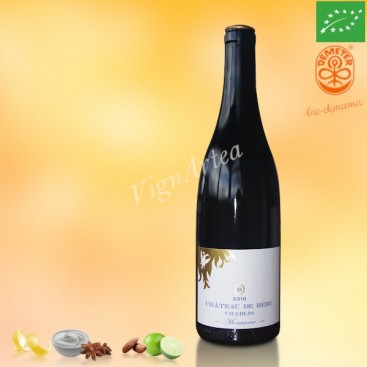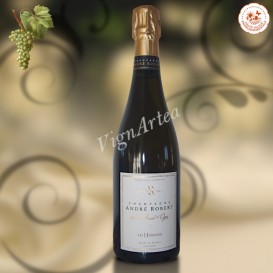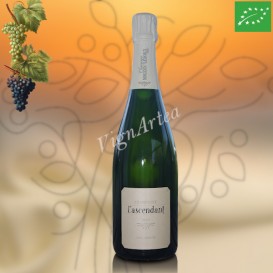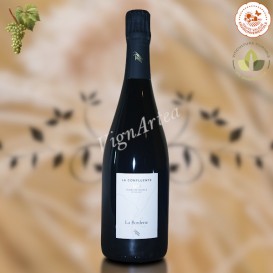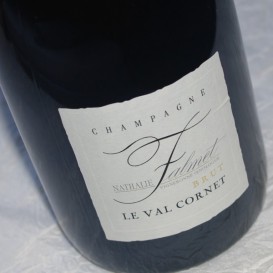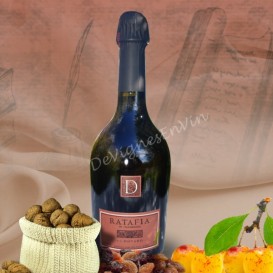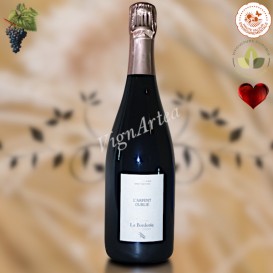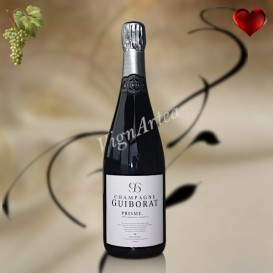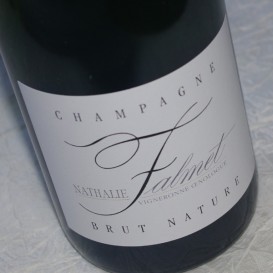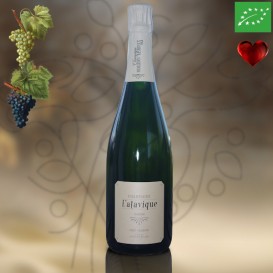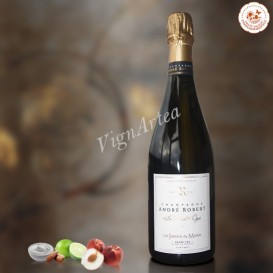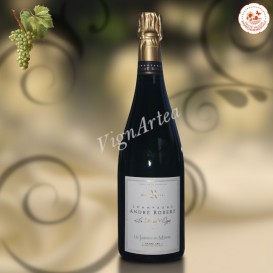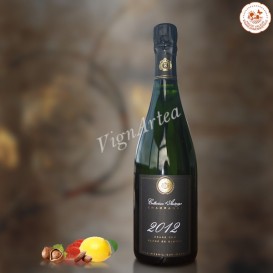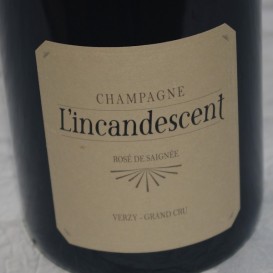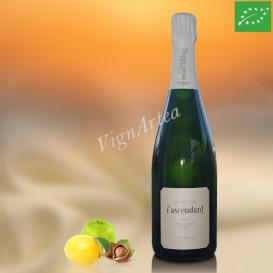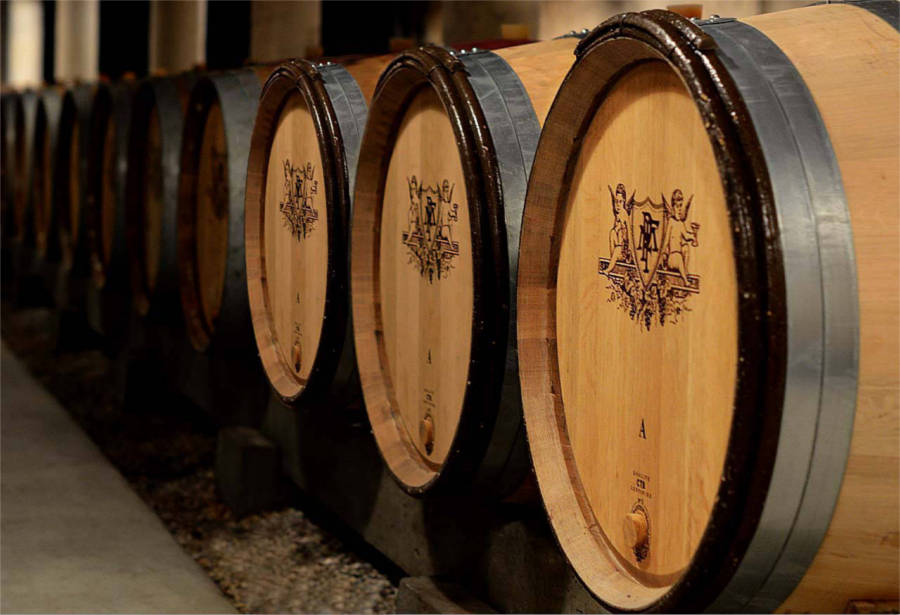MONTSERRE CHABLIS 2018 (Château de Béru)
BURGUNDY - AOP CHABLIS - WHITE DRY WINE
Grape variety: Chardonnay (100%)
Biodynamics Native yeasts
Lees ageing for 12 months in oak barrels + 6 months in stainless steel tanks
- Nose: crystalline and very fragrant. Notes of almonds and a hint of cream, aromas of lime and anise.
- Palate: elegant and fresh. Nice acidity and a finish reminiscent of lemon peel.
- Tasting date: November 2020
- OUR OPINION: elegant - creamy - lively. A very successful vintage and a very classy Chablis!
DESCRIPTION
MONTSERRE is one of the estate's single plot's wines.
TERROIR
The grapes that give birth to the MONTSERRE cuvée come from the place known as Les Serres or Dessus de Serres, which straddles the communes of Chichey, Fleys and Béru. However, on the old cadastral maps drawn up before the phylloxera crisis, this same plot bore the name of Montserre, so the cuvée bears its original name.
The subsoil of the Chablis vineyard was formed by successive deposits of sediment on the bed of the seas that have periodically invaded the region over the last 240 million years.
The place called Les Serres dates from the Portlandian (now called Tithonian ). Covering a period of about 5 million years, between -150 and -145 million years ago, this geological stage marks the transition between the end of the Upper Jurassic and the beginning of the Lower Cretaceous, a period during which the seas gradually retreated from the continents. Under the effect of the level drop and a better oxygenation of the waters, the usually marly sediments of the Jurassic give way to carbonate deposits called 'calcaires du Barrois'. These consist of an upper layer of so-called 'sublithographic' limestone, i.e. with a clay content of only 5 to 6%. This relatively hard limestone layer covers a second lower layer of vertically fissured limestone separated by beds of white marl.
In order to survive in this hard and poor soil, the vine must plunge its roots into the rock crevices to find the nutrients essential to its survival.
WINEGROWING & WINEMAKING
Very close to the nature surrounding her, Athénaïs de Béru pampers its certified organic vines by following the Biodynamic principles. Without phytosanitary treatments, the grape skin is particularly rich in yeasts and bacteria essential for the fermentations smooth running. To avoid excessive handling, the grapes are harvested manually and sorted directly in the vineyard.
At the winery, the grapes are immediately pressed by pneumatic pressing with a long and gentle cycle. The juice is then placed in vats for a cold static settling.
It is then placed in Burgundy oak barrels for the alcoholic and malolactic fermentations. No oenological input is used, the alcoholic fermentation starts spontaneously under the action of the indigenous yeasts. The must then carries out its malolactic fermentation followed by an ian lees ageing phase for 12 months in oak barrels and 6 extra months in stainless steel tanks.
The wine is neither fined nor filtered.
| Country | Burgundy |
| Color | White |
| Orange wines | No |
| Clay amphorae wines | No |
| Type | Dry |
| Vintage | 2018 |
| Capacity | 75 cl |
| Single Grape Variety | Chardonnay |
| Alcohol rate | 13,5 % |
| Quality Designation | Chablis |
| Cellar Potential | 10 years |
| Service advise | 10-12°C (50-54°F). Open the bottle 1hr before the service. |
| Culture Methods | Biodynamic |
| Total SO2 | 30 mg/l |
| Fining | No |
| Filtering | No |
| Comments | Native yeasts ♦ Alcoholic and malolactic fermentations done ♦ Lees ageing for 18 months 50% in oak barrels, 50% in stainless steel tanks ♦ Neither fined nor filtered. |

